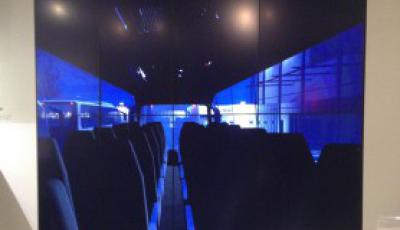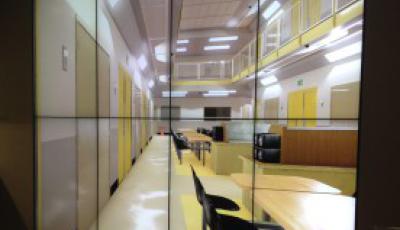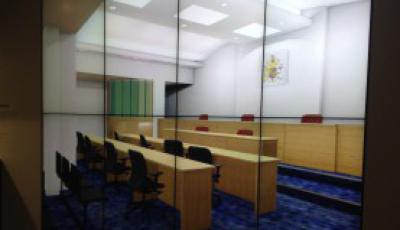Post by Sarah Turnbull, Centre for Criminology, University of Oxford. This post is the first instalment of the Border Criminologies Themed Week on Visual Methodologies.
Here at Border Criminologies we’ve been actively seeking ways to integrate images and material culture into the academic study of immigration detention, border control, and criminology more generally. One method is the Immigration Detention Archive organised and curated by Mary Bosworth. Another has been through my research which involves giving cameras to individuals leaving detention to document their post-detention lives, either in the UK or the countries to which they’ve been removed or deported. The aim with the latter project is to support the creation of images to help express and document the lived experience of life after detention. The series of posts in this themed week explore issues broadly relating to the visual, and to visual methodologies, across a variety of sites and practices: immigration detention, deportation, the use of force by prison officers, and in criminological epistemologies. It’s hoped that these posts spark discussion and dialogue about the potentials for visual methodologies in different research contexts, while reflecting on the challenges and opportunities for further consideration.



At Border Criminologies we’ve been fortunate to have some opportunity to photograph immigration detention, and have attempted to further the academic discussion about visual methods (see, for example, previous blog posts by Luigi Gariglio and Mary Bosworth). Yet, as my colleague Ines Hasselberg has reminded me in discussion about this blog post, Seamless Transitions, like most of our photos of detention and those by photographer Melanie Friend, are devoid of the individuals who are subject to the harsher end of the UK immigration system, including the processes of detention and deportation (although exceptions do exist; see this project by Nana Varveropoulou, as well as the post by Andrea Wise that’ll run on Thursday in which the faces of Cape Verdean deportees are front and centre, suggesting a powerful agency). I wonder what’s gained and what’s lost through this often purposeful omission (due, for instance, to privacy and ethical concerns).
Nonetheless, projects like Seamless Transitions add to the ongoing dialogue and debate about immigration detention and deportation in the UK. The use of this particular technology―the digital walkthrough―may make these often secret lived realities more ‘real’ and less unknown. Although a photography gallery, like academia’s so-called ‘ivory tower,’ may not make such visualisations easily or readily accessible to everyone, it furthers the conversation, as does talking about it on open forums like blogs and in the media (see, for example, James’ piece in The Guardian about the project).
Read James’ discussion of the creative process behind his project published on 25 February 2015 on the Border Criminologies blog.
Themed Week on Visual Methodologies:
- Monday: Visualising Immigration Detention and Deportation (S. Turnbull)
- Tuesday: The Politics of the Image (K. West)
- Wednesday: Using Images in Research on Immigration Detention: Tensions and Challenges (F. Esposito)
- Thursday: RETURNED: Portraits of People Deported to Brava, Cape Verde (A. Wise)
- Friday: Photo-elicitation in Prison: Visual Methods and Visual Culture (L. Gariglio)
Any thoughts about this post? Get in touch with us! Send us an email, or post a comment here or on Facebook. You can also tweet us.
__________
How to cite this blog post (Harvard style):
Turnbull, S. (2015) Visualising Immigration Detention and Deportation. Available at: http://bordercriminologies.law.ox.ac.uk/visualising-immigration-detention/ (Accessed [date]).








